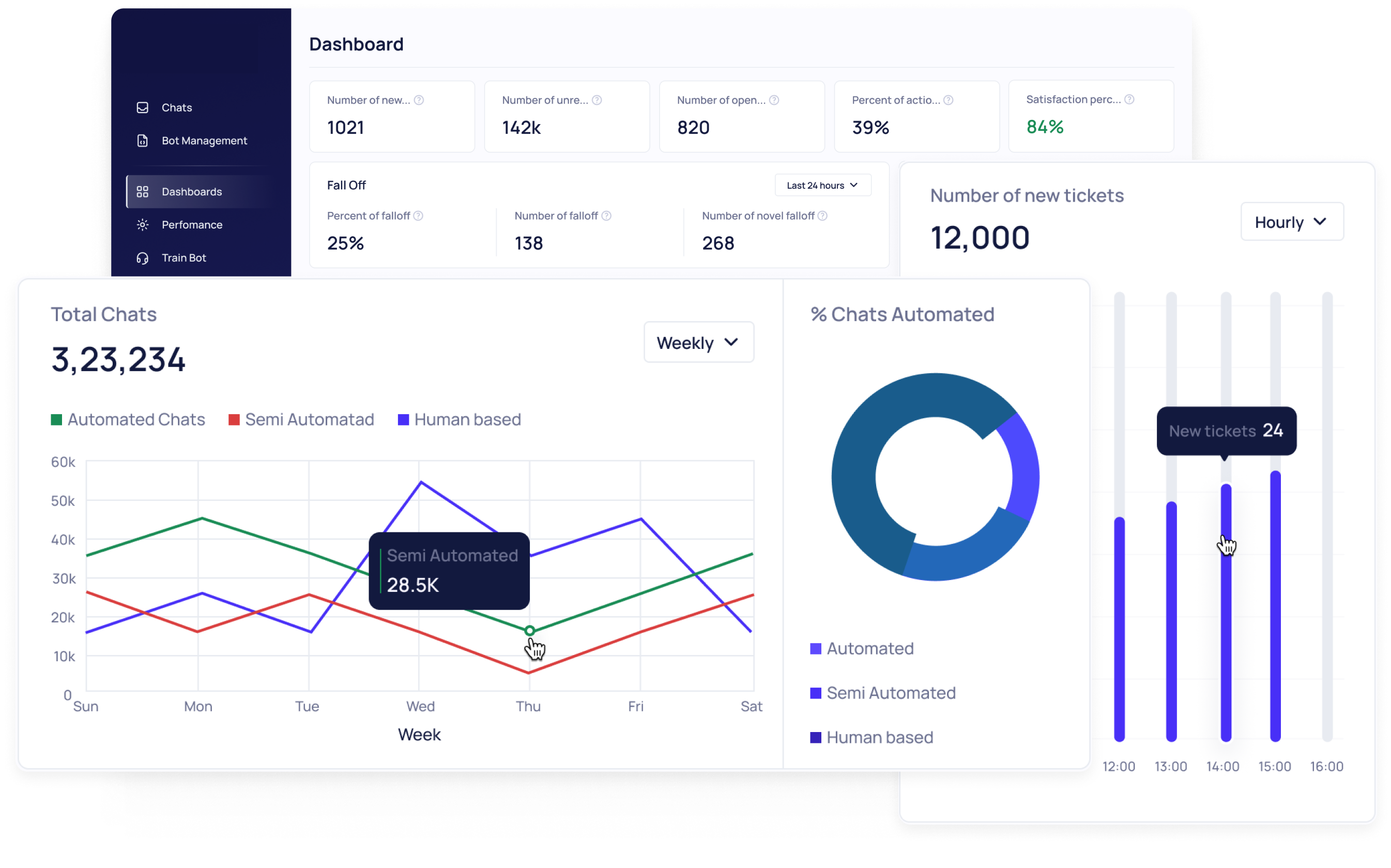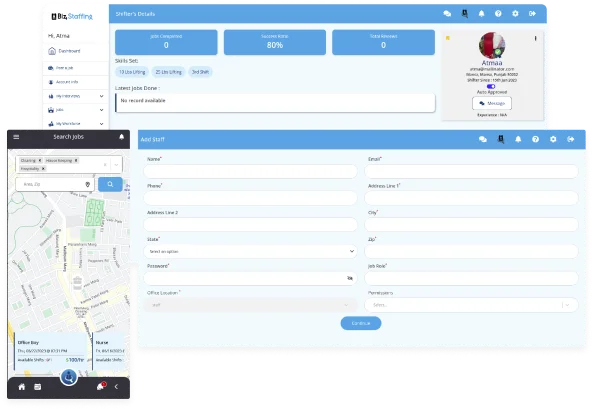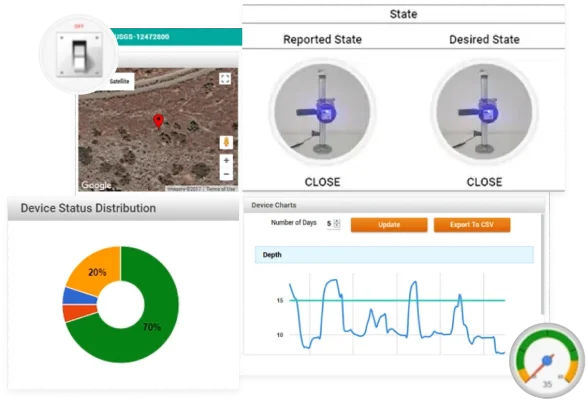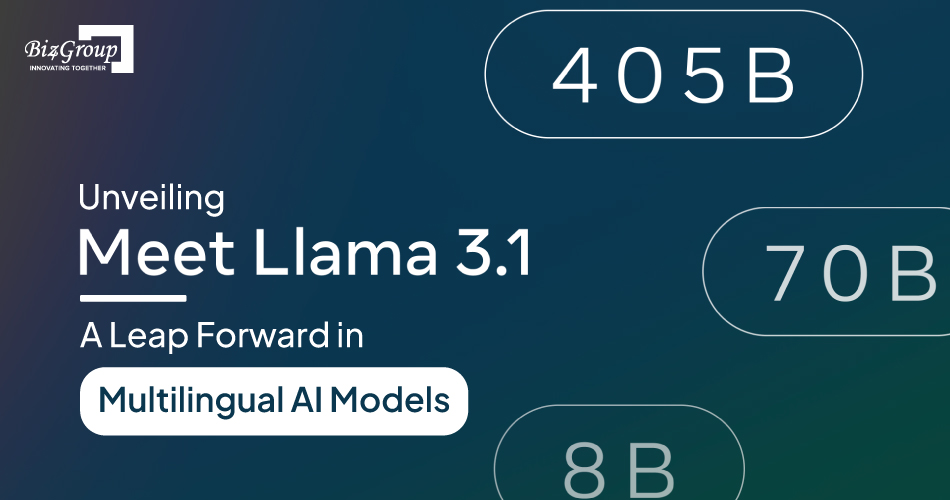Unveiling Meta Llama 3.1: A Leap Forward in Multilingual AI Models
Meta outdoes itself yet again in artificial intelligence with the newest Llama 3. 1, which will advance the frontier of multilingual large language models or LLMs. This latest one is not an evolution, it is a revolution that heralds a new way of doing things with Ai, across languages or culture.
Llama 3.1 now has a powerful 405B parameter model that paves the way to the future AI solutions. In contrast to previous models in this line, this one is claimed to be capable of processing more and to do it more accurately in terms of language, in addition to being capable of dealing with more complicated language phenomena. The 405B variant stands out for the ability to work with multiple languages and generate content particular to them without the need for much relearning.
Meta Llama 3.1 has a core 405B parameter model at its centre; it is one of the most complex and useful AI resources for public use. This model, along with the smaller versions of 70B and 8B parameters, provides better accuracy, understanding, and richness of the responses in more than one language as compared to the models preceding it.
The Llama 3.1 is not intended to be simply a tool, but it will serve as the technology and foundation for Meta more generally mission to spread AI applications worldwide. With this technology it would be possible to build applications that were previously unthinkable, starting from instant translator for different languages and up to sophisticated tools for content production and individualization.
The third version of Llama, Llama 3.1, was significant specifically due to its open-source character — an apparently intentional decision of Meta in terms of providing accessibility of the AI technologies. Meta provides these versatile and influential models for free to accelerate different levels of developers and researchers as well as businesses around the globe to unlock new possibilities aimed in democratizing the perks of Artificial Intelligence progress.
It also bears the same implication as Llama 3. 1 can be opened up to the world, there is virtually endless innovation. The approach of making the Model open-sourced means that more people can contribute to the development of AI, thus many aspects and views may be considered. This is essential to ensure that the advancement of technology is proactive, also fair and progressive to everyone.
Also, Meta takes an ethical approach to AI by going the extra mile to avoid the inclusion of biases in the responses given by the AI model and continually ensuring that the AI model complies with high standards of fairness. This aspect is important as AI technology continues to infiltrate society’s existence in simple home gadgets as well as complex decision-making applications.
The descriptions have significant ethical implications on the design of Llama 3.1 as Meta has incorporated several bias measures. Such are the various data sets for the training process and for the subsequent steps of the model’s validation and the checks on its fairness. The purpose entails developing an AI that is instrumental in complementing humans and in ensuring that a good and positive digital climate is maintained.
Wherever customer service and content moderation occur, in healthcare and education, the impacts of Llama 3.1 are vast. Businesses are now able to implement more efficient AI solutions performing their tasks regardless of the difference in language used by users, and thus, get a new opportunity to increase their audience and penetrate other markets. Moreover, the proposed model will be able to improve textual understanding and generation to an extent of changing the way content is produced with better non-English speaking audience experience.
In call center applications for instance, Llama 3.1 can enable voice recognition-based virtual attendants that consider multiple languages, accents and entrepreneurship dialects/idioms to enhance customer relations. In healthcare, for instance, this technology can be adopted to provide medical information and help in different languages, thus minimizing diversity in treatment.
Conclusion
Therefore, it can be concluded that Meta’s Llama 3. 1 is not just a technological breakthrough but a sign of things to come in the world of multilingual AI. Thus, it has the possibility to positively influence the life of society by increasing the share of bilingual individuals, as well as bring people together through collaboration and reinterpret the possibilities of interaction with the help of AI development company, if work at technology and AI, Llama 3.1 mark a major shift and begins the next chapter of what’s possible.
If we look further into the future, more transformation is expected in the industry with the coming of enhancements like Llama 3. 1. This is a request from the developers, businesses, and policymakers to do something that gives a good direction to this technology so that in the future, technology empowers everyone’s life as it has the potential to do.
 info@biz4group.com
info@biz4group.com 



















































